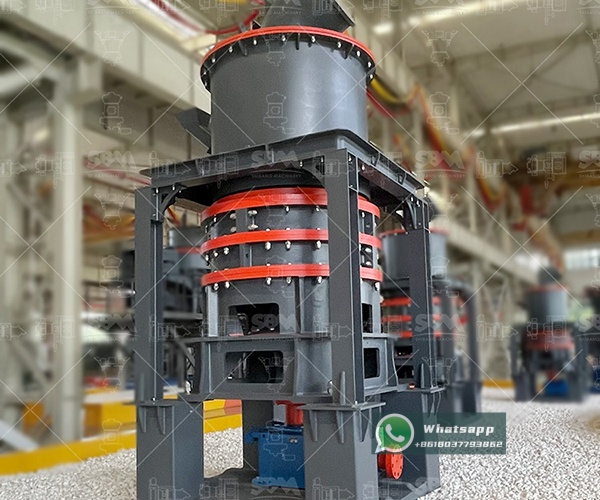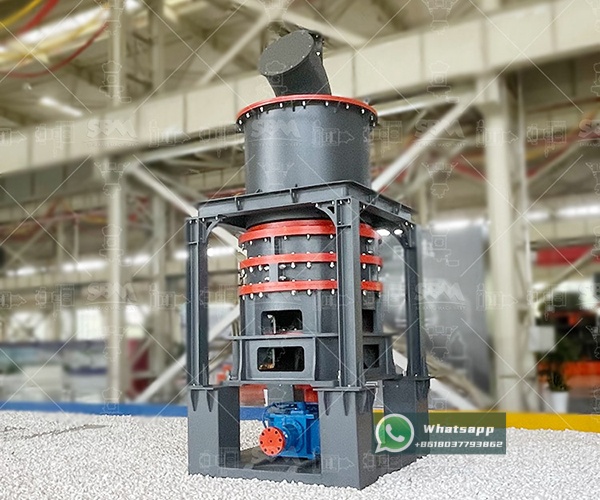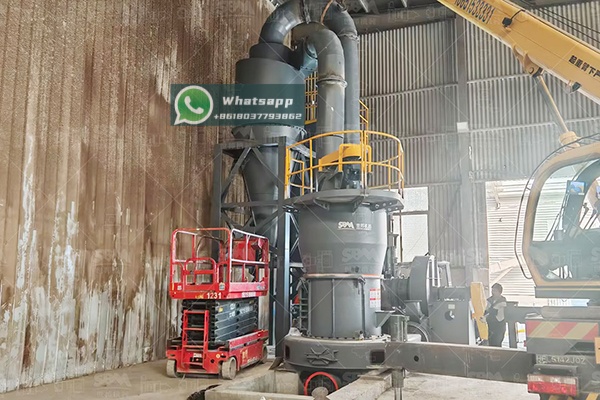The global lubricants market is undergoing a significant transformation, driven by increasingly demanding industrial applications and stringent environmental regulations. At the forefront of this evolution is the utilization of ultrafine graphite as a solid lubricant additive. When processed to precise particle sizes, graphite exhibits exceptional lubricating properties, thermal stability, and load-bearing capacity that synthetic and mineral oils alone cannot provide.
Ultrafine graphite powder, typically ranging from 1 to 30 microns, creates a protective, self-lubricating film between moving surfaces, reducing friction coefficients by up to 80% in extreme pressure conditions. This makes it invaluable in applications where conventional lubricants fail, including high-temperature environments, vacuum conditions, and heavily loaded mechanical systems. The effectiveness of graphite in these applications is directly proportional to its particle size distribution, purity, and morphological characteristics – all parameters controlled by the grinding technology employed.

Not all graphite powders are created equal when it comes to lubricant applications. The performance characteristics demanded by the high-tech lubricants market require specific physical and chemical properties that can only be achieved through advanced grinding technologies.
The ideal particle size for lubricant-grade graphite falls between 1-15 microns, with a narrow distribution curve. Particles that are too large can cause abrasion, while excessively fine particles may agglomerate or fail to provide adequate film strength. The D50 and D97 values are particularly critical, as they determine the powder’s behavior under shear forces.
Graphite’s lubricating properties stem from its layered hexagonal crystal structure, where weak van der Waals forces between layers allow for easy shearing. The grinding process must preserve this crystalline structure while reducing particle size, as amorphous carbon or severely damaged crystals exhibit significantly reduced lubricity.
High-purity graphite (typically >99.5% carbon content) is essential to prevent catalytic degradation of base oils and additive packages. The grinding process must avoid metallic contamination from wear parts and maintain the graphite’s natural hydrophobicity, which enhances its dispersion stability in non-aqueous lubricant formulations.
Producing lubricant-grade graphite powder presents several technical challenges that conventional grinding equipment struggles to overcome. Graphite’s unique combination of properties – including natural lubricity, electrical conductivity, and layered structure – makes it particularly difficult to grind efficiently to ultrafine sizes.
The primary challenges include:

Shanghai Zenith Machinery Co., Ltd., as an excellent manufacturer of ore grinding equipment in China, has made great achievements in the field of ultra-fine powder grinding. Our specialized research, development, and production of industrial powder grinding equipment has yielded several solutions specifically optimized for challenging materials like graphite.
For producing the highest quality lubricant-grade graphite, the LUM Ultrafine Vertical Mill represents the state of the art in grinding technology. This system integrates grinding, drying, classifying, and transportation in a single compact unit, offering unparalleled control over the final product characteristics.
The LUM series excels in graphite processing due to several key features:
| Model | Main Machine Power (kW) | Capacity (t/h) | Size Distribution D97 (μm) | Recommended Graphite Output |
|---|---|---|---|---|
| LUM1525 | 220-250 | 1.6-11.5 | 5-30 | 3-8 t/h (325-2500 mesh) |
| LUM1632 | 280-315 | 2.0-13.5 | 5-30 | 4-10 t/h (325-2500 mesh) |
| LUM1836 | 355-400 | 2.3-15 | 5-30 | 5-12 t/h (325-2500 mesh) |
For operations requiring high-volume production of lubricant-grade graphite with excellent cost efficiency, the XZM Ultrafine Grinding Mill offers an optimal balance of performance and operating economics. This mill is particularly well-suited for processing natural flake graphite with moisture content below 6%, achieving output fineness between 325-2500 mesh – perfectly aligned with lubricant industry requirements.
Key advantages of the XZM series for graphite applications include:
| Model | Working Diameter (mm) | Max Feed Size (mm) | Final Size (mesh) | Output (kg/h) | Main Motor Power (kW) |
|---|---|---|---|---|---|
| XZM221 | Φ800 | ≤20 | 325-2500 | 500-4500 | 75 |
| XZM268 | Φ1680 | ≤20 | 325-2500 | 5000-25000 | 315 |
Different lubricant formulations require graphite powders with distinct characteristics. Understanding these application-specific requirements enables optimization of the grinding process for maximum performance in the final product.
For engine oils and industrial greases, graphite with D97 values between 10-15 microns provides the ideal balance between film strength and dispersion stability. The platelet morphology should be preserved to ensure proper alignment under shear forces. The LUM Ultrafine Vertical Mill, with its gentle grinding action and precise classification, is particularly well-suited for this application.
Lubricants designed for high-temperature applications benefit from slightly larger particle sizes (15-25 microns) with high crystallinity. The XZM Ultrafine Grinding Mill can be configured to produce these specifications while maintaining high throughput rates.
For dry film and aerosol lubricants, ultrafine graphite with D97 below 5 microns is often required to ensure proper film formation and adhesion. This demanding specification necessitates the advanced classification capabilities of the LUM series mills.

The selection of grinding equipment has significant implications for the economic viability of lubricant-grade graphite production. Beyond the initial capital investment, operators must consider several factors that impact long-term profitability.
Grinding operations typically account for 50-70% of total energy consumption in graphite processing plants. Advanced mills like the LUM series can reduce specific energy consumption by 30-50% compared to conventional ball mills, dramatically lowering operating costs.
Graphite’s abrasive nature accelerates wear in grinding systems. Zenith’s proprietary wear-resistant materials extend component lifetime by 2-3 times compared to industry standards, reducing maintenance costs and production downtime.
Precise particle size control minimizes off-spec product, increasing overall yield. The integrated classification systems in Zenith’s ultrafine grinding mills typically achieve 95%+ yield of in-spec material, compared to 80-85% with conventional systems.
The market for graphite-enhanced lubricants continues to evolve, driven by emerging applications and advancing material science. Several trends are shaping the future requirements for ultrafine graphite production:
The production of high-quality lubricant-grade graphite requires more than just size reduction – it demands a comprehensive understanding of material science, lubrication mechanisms, and advanced grinding technology. Shanghai Zenith Machinery Co., Ltd. brings together decades of expertise in ultrafine powder processing with innovative equipment designs specifically optimized for challenging materials like graphite.
Our LUM Ultrafine Vertical Mill and XZM Ultrafine Grinding Mill represent the culmination of this expertise, offering lubricant manufacturers reliable, efficient, and precise solutions for producing graphite additives that meet the exacting standards of the high-tech lubricants market. By partnering with Zenith, producers can ensure consistent product quality, optimize production economics, and maintain competitiveness in this rapidly evolving industry.
As the demand for high-performance lubricants continues to grow across aerospace, automotive, and industrial sectors, the importance of advanced graphite processing technology will only increase. With our commitment to innovation and customer success, Shanghai Zenith Machinery stands ready to support lubricant manufacturers in meeting these challenges and capitalizing on emerging opportunities.